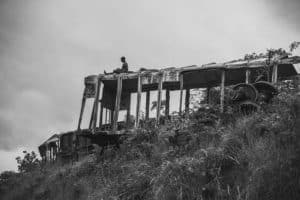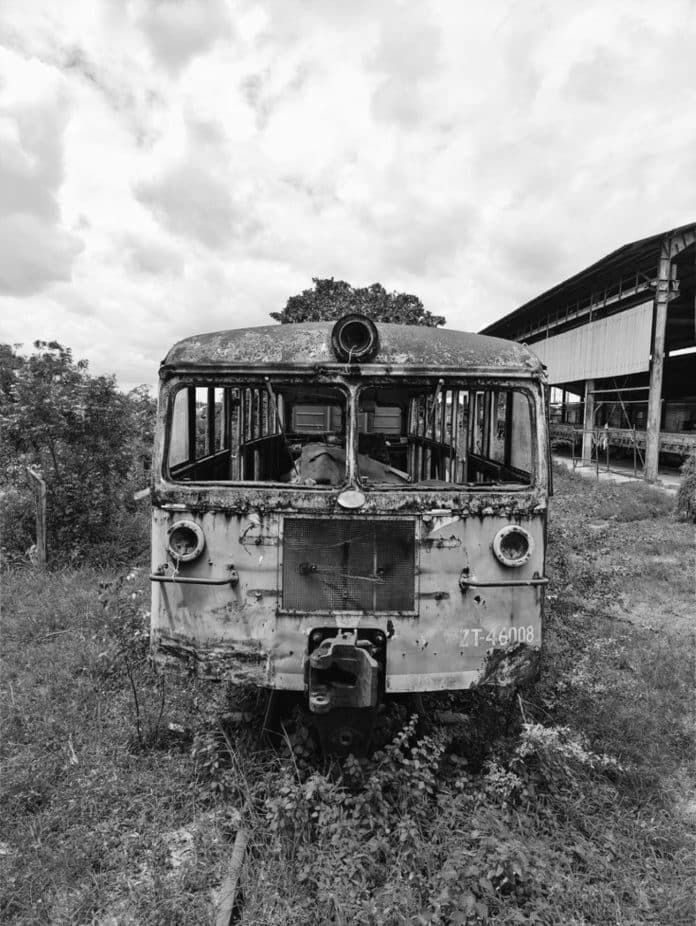Introduction to Tanzania’s Forgotten Railways
Tanzania’s railway system has a rich and fascinating history, but much of it remains obscured and forgotten. Once a vital transportation network connecting the country’s diverse regions, many of these railway lines have fallen into disrepair or been abandoned altogether. As you explore Tanzania’s forgotten railways, you’ll uncover a world of stories, cultural heritage, and the potential for revitalization.
Historical Significance of Tanzania’s Railway System

Tanzania’s railway system has its roots in the late 19th century, when the country was under German colonial rule. The first railway line, the Tanganyika Railway, was constructed between 1905 and 1914, connecting the port city of Dar es Salaam to the inland town of Kigoma. This line played a crucial role in the transportation of goods, people, and resources, facilitating the growth of Tanzania’s economy and regional connectivity.
Over the following decades, the railway network expanded, with additional lines being built to connect other parts of the country. The Central Line, for instance, stretched from Dar es Salaam to Mwanza, while the Tanga Line linked the coastal town of Tanga to the hinterland. These railways were not only essential for commercial activities but also served as important symbols of Tanzania’s colonial-era development.
The Rise and Fall of Tanzania’s Railway Network
Tanzania’s railway network reached its peak in the mid-20th century, with a total length of over 3,500 kilometers. The system was widely used for the transportation of agricultural products, minerals, and other goods, as well as for passenger travel. However, in the years following Tanzania’s independence in 1961, the railway network began to decline.
Several factors contributed to the downfall of Tanzania’s railways, including:
- Lack of investment and maintenance: As the government shifted its focus to other development priorities, the railways suffered from a lack of funding for infrastructure upgrades and regular maintenance.
- Competition from road transportation: The expansion of the road network and the increasing use of trucks and buses for transportation gradually eroded the railways’ market share.
- Mismanagement and inefficiency: Poor management, outdated technology, and operational inefficiencies plagued the railway system, making it less competitive and less reliable.
As a result, many railway lines were either abandoned or fell into disrepair, leaving behind a legacy of forgotten infrastructure and a sense of nostalgia for the once-vibrant railway era.
Exploring the Defunct Railway Lines
Today, you can still find remnants of Tanzania’s forgotten railway lines scattered across the country. These abandoned tracks, dilapidated stations, and rusting locomotives offer a unique opportunity to explore the country’s railway heritage.
One of the most well-known examples is the Tanga Line, which once connected the coastal town of Tanga to the hinterland. Although much of the line has been dismantled, you can still find sections of the old track and visit abandoned stations that have been reclaimed by nature. The Kilimanjaro Express, which ran from Moshi to Arusha, is another defunct line that has left behind a trail of forgotten infrastructure.
As you explore these forgotten railways, you’ll be struck by the sense of history and the stories that lie within. Abandoned stations, overgrown platforms, and rusting locomotives serve as reminders of the once-bustling transportation network that connected Tanzania’s communities.
The Impact of the Defunct Railways on Local Communities

The decline of Tanzania’s railway network has had a significant impact on the communities that once relied on these lines. Many towns and villages that were once thriving hubs of economic activity have struggled to adapt to the loss of this crucial transportation link.
In some cases, the closure of railway lines has led to the decline of local industries and the exodus of residents seeking better economic opportunities elsewhere. The lack of reliable and affordable transportation has also made it more difficult for people to access essential services, such as healthcare and education.
However, some communities have found ways to adapt and even embrace the remnants of their railway heritage. In Kigoma, for instance, the abandoned railway station has been transformed into a cultural center, showcasing the region’s history and offering opportunities for tourism.
Preserving Tanzania’s Railway Heritage
As Tanzania’s forgotten railways fade from memory, there is a growing recognition of the need to preserve this important aspect of the country’s cultural and historical heritage. Various initiatives have emerged to document, restore, and showcase the remnants of the railway network.
One such initiative is the Tanzania Railway Preservation Society, which aims to restore and maintain historic railway infrastructure, as well as educate the public about the importance of Tanzania’s railway heritage. The society has worked to preserve the Tanga Line, organizing guided tours and educational programs for visitors.
In addition, some local communities have taken it upon themselves to protect and celebrate their railway heritage. In Tabora, for example, the local government has worked to restore the historic railway station, transforming it into a museum that showcases the town’s railway history.
The Potential for Revitalizing Tanzania’s Railway System
While much of Tanzania’s railway network has fallen into disrepair, there is growing interest in the potential for revitalizing this transportation infrastructure. The government has recognized the importance of a modern and efficient railway system for the country’s economic development and has made efforts to rehabilitate and expand the network.
One notable project is the Standard Gauge Railway (SGR), a new high-speed rail line that is currently under construction. The SGR is intended to connect Dar es Salaam to the country’s western regions, providing faster and more reliable transportation for both passengers and cargo.
The revival of Tanzania’s railway system could have far-reaching benefits, including:
- Improved connectivity and regional integration
- Reduced reliance on road transportation and lower carbon emissions
- Increased economic opportunities and job creation
- Enhanced tourism potential by connecting key destinations
However, the success of these efforts will depend on sustained investment, effective management, and the involvement of local communities in the planning and implementation process.
Tourist Attractions Along Tanzania’s Defunct Railway Lines
As you explore Tanzania’s forgotten railways, you’ll discover a wealth of cultural and historical attractions that offer a unique glimpse into the country’s past. From abandoned stations and rusting locomotives to scenic railway routes and local communities, these sites have the potential to become captivating tourist destinations.
One such example is the Tanga Line, where you can visit the historic Tanga Railway Station and explore the remnants of the old railway infrastructure. The station has been transformed into a cultural center, showcasing the region’s railway heritage and offering visitors the opportunity to learn about the line’s history.
Another intriguing site is the Kilimanjaro Express, which once connected the towns of Moshi and Arusha. Although much of the line has been dismantled, you can still find sections of the old track and visit the abandoned stations that dot the landscape. These sites offer a glimpse into the daily life and activities that once revolved around the railway network.
In addition to these historical sites, the scenic routes of Tanzania’s defunct railway lines present opportunities for unique tourism experiences. Guided hikes or bicycle tours along the old tracks can provide visitors with breathtaking views of the surrounding landscapes and a deeper appreciation for the country’s railway heritage.
The Future of Tanzania’s Railway System
As Tanzania continues to grapple with the legacy of its forgotten railways, there is a growing recognition of the need to find a balance between preserving the past and embracing the future. While the government’s efforts to revitalize the railway network through projects like the Standard Gauge Railway are promising, it will be crucial to ensure that these initiatives are implemented in a way that respects and celebrates the country’s railway heritage.
One potential approach is to integrate the preservation of historical railway sites and infrastructure into the development of the new railway system. This could involve the restoration and repurposing of abandoned stations, the incorporation of educational and cultural elements into the design of new stations, and the creation of tourist experiences that highlight Tanzania’s railway history.
By taking a holistic and inclusive approach to the future of Tanzania’s railways, the country can not only modernize its transportation infrastructure but also honor the legacy of the past and the stories that lie within the forgotten lines. This delicate balance between progress and preservation will be key to ensuring that Tanzania’s railway heritage remains a vibrant and integral part of the country’s cultural identity.
For more articles related to Railway and train travel Tanzania, click here!

































